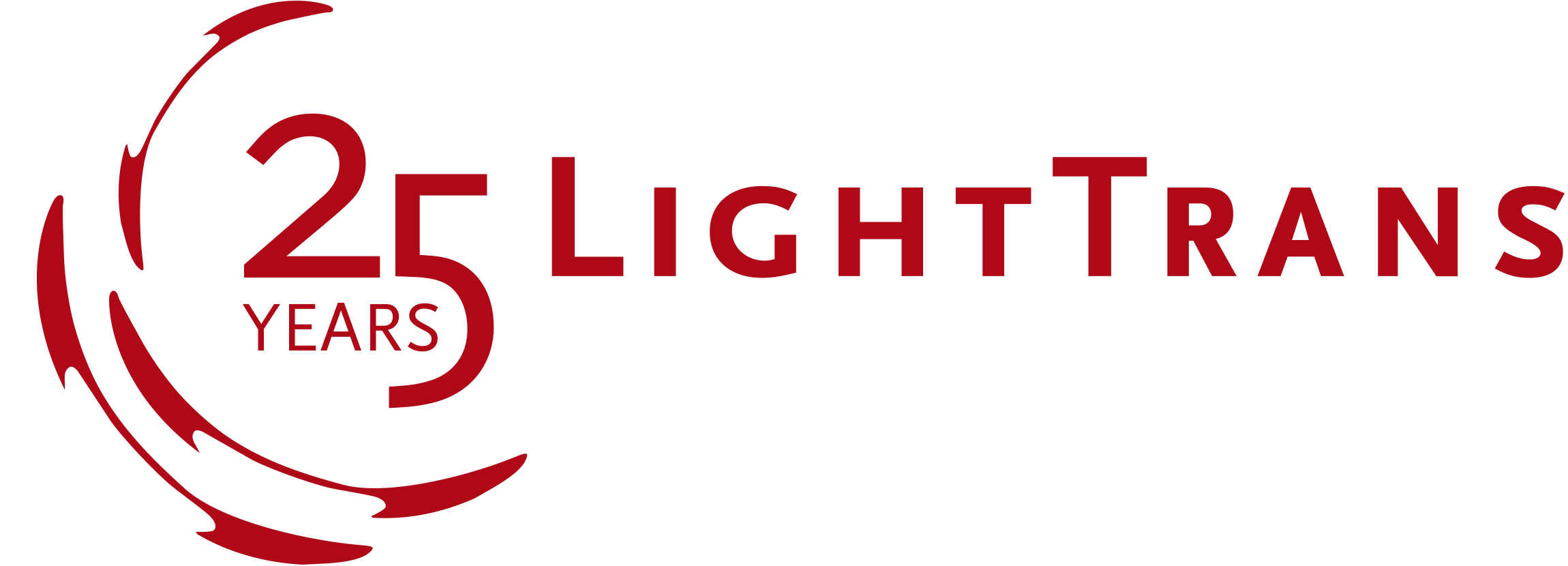What’s new in our Optical Modeling and Design Software?
One Physical-Optics Platform – Many Field Solvers!
We are excited to present you insights into our software development. We are starting a webinar series and the first webinar will already take place on 27 May.
Stay tuned and register for the first one.
In order to adapt to different time zones worldwide, we will hold this webinar twice (all times CET):
27 May | 10:00 – 11:00
27 May | 16:00 – 17:00
Optical Metrology with Interferometry
Optical metrology is an essential technology for precise measurement. For example, it is often used for surface testing and therefore plays an important role in quality control. VirtualLab Fusion can help you build up various types of interferometers and include the different optical surfaces and components of the system, and even alignment mistakes like tilt and shift, in the simulation. Two widely used interferometers – Mach-Zehnder and Fizeau – are demonstrated as examples.
Read moreCollimation Testing with Shearing Interferometry
How well is a beam collimated? This is an essential question for many optics, especially in laser applications. Shearing interferometry is a simple and convenient way to test beam collimation quality, and we demonstrate this in VirtualLab Fusion. The key device in the interferometer is a shear plate, with high-quality flat surfaces and usually with a small wedge angle. We can model the multiple interactions between light and the shear plate easily with the help of the channel concept in VirtualLab Fusion.
Read moreConstruction and Modeling of a GRIN Lens
In contrast to a traditional optical lens, which works due to light refracting at the curved surfaces of the lens, a GRIN lens can make light focus using only flat surfaces. The flat shape and the working principle of such lenses provide advantages – convenience in mounting and even the possibility of being fused to other devices, like an optical fiber. VirtualLab Fusion provides a fully electromagnetic modeling technology for light propagation in GRIN media. We show here an example of a GRIN lens.
Read moreF-Theta Scanning Lens
F-Theta lenses are often employed in high-performance laser scanning systems. They are designed to produce focal spots whose lateral displacement depends linearly on the scanning angle, a property which is typically required in e.g. laser material processing applications. In VirtualLab Fusion, we provide a scanning source for such scenarios, and with different field solvers used in connection, the performance of such scanning lens systems can be evaluated conveniently.
Read moreChromatic Effects in Fluorescent Microscopy
Fluorescent microscopy has proven to be a very effective technology for both biological and medical applications. When constructed in a reflective configuration, both the illuminating light and the light emitted by the fluorescent sample, which have different wavelengths, pass through the same objective lens of the fluorescent microscope. We take such an example and demonstrate the resulting chromatic effects for a selected high-NA objective lens in VirtualLab Fusion. Additionally, we compare the results of the analysis for the real objective lens with the ideal situation obtained using the Debye-Wolf integral.
Read moreSingle-Molecule Imaging with Fourier Microscopy
Fourier microscopy, in contrast to traditional imaging techniques, enables the direct observation of the spatial frequency distribution. Therefore, it is nowadays widely used for e.g. surface-plasma observation, photonic-crystal imaging, and so on. With VirtualLab Fusion, we model a complete Fourier microscope system and use it for single-molecule imaging. Specifically, we demonstrate the influence of several physical-optics effects, including the Fresnel loss at each optical interface and the diffraction from lens apertures.
Read moreThin-Element Approximation vs. FMM/RCWA
As a widely used method in the diffractive optics community, the thin-element approximation (TEA) turns out to be very efficient in the calculation of the diffraction efficiencies of thin diffractive elements. On the other hand, it is also known that such an approximation becomes inaccurate when e.g. the period of the diffractive grating becomes small in comparison to the wavelength. We selected two commonly used profiles for transmission gratings (sinusoidal and blazed), and apply TEA and the rigorous FMM/RCWA for their analysis, in order to compare the results from both methods.
Read more











